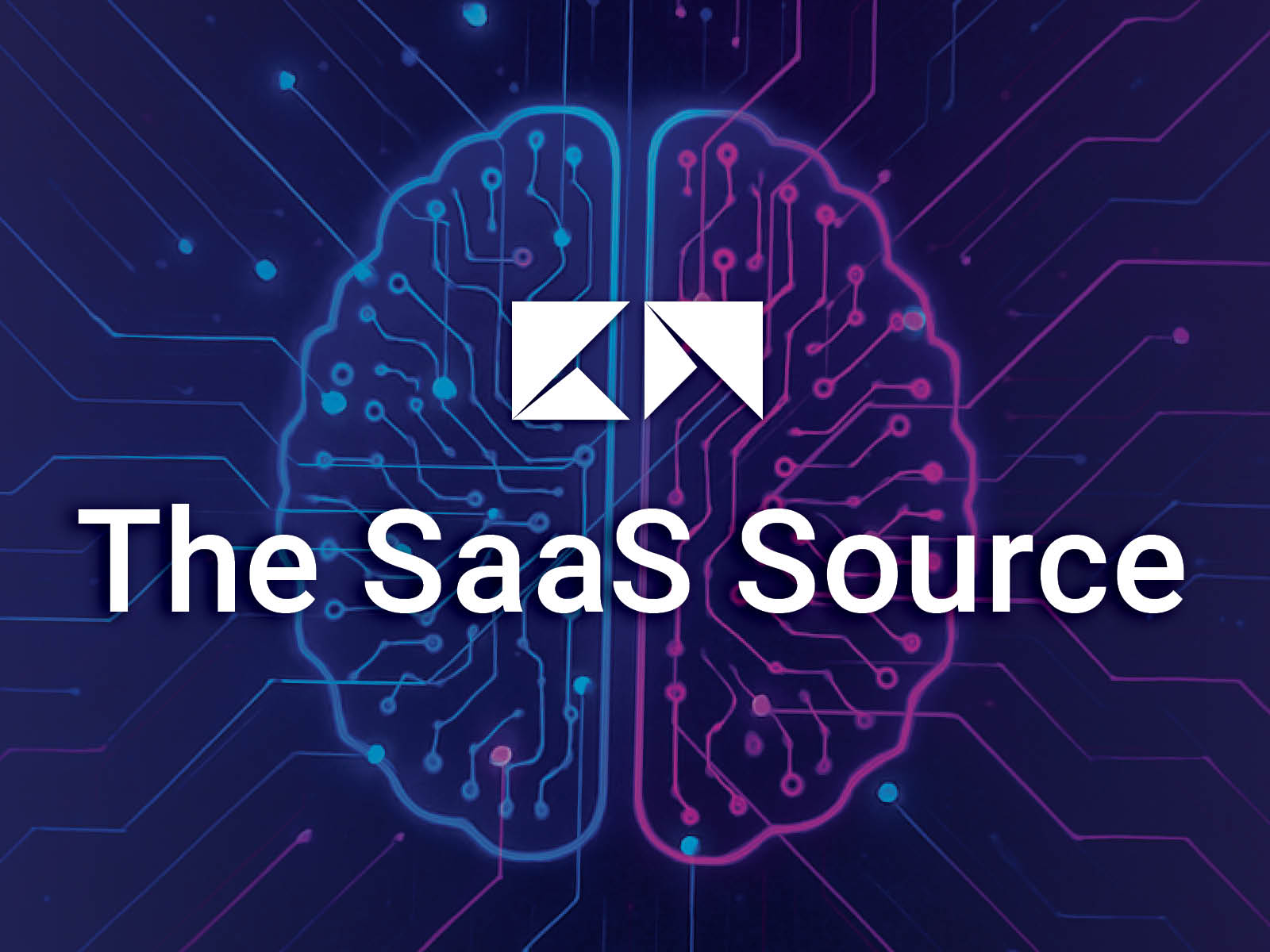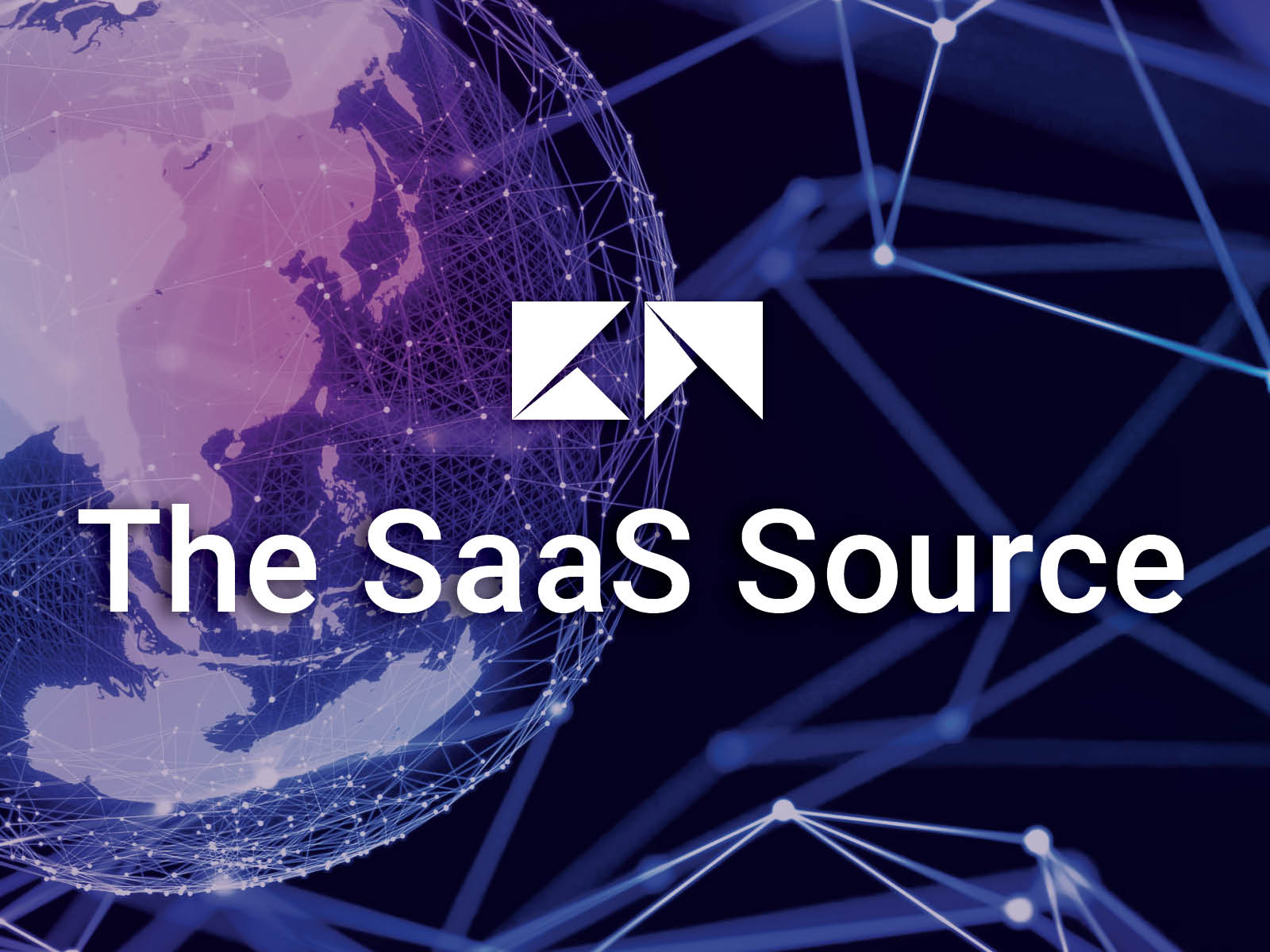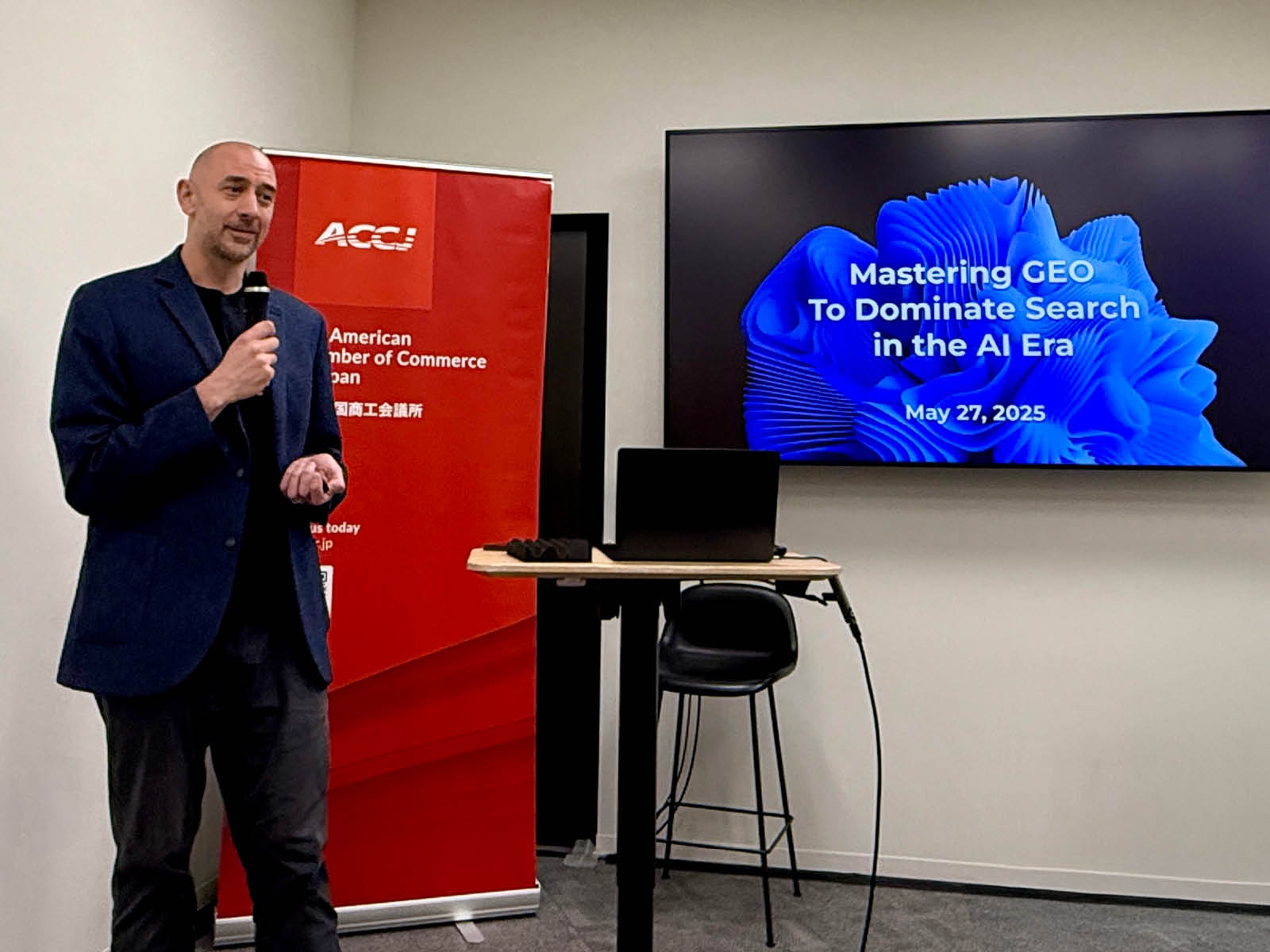
The Future of SaaS in Japan: 2025 and Beyond
As Japan strides further into its digital transformation, the Software-as-a-Service (SaaS) industry is poised for remarkable growth in 2025.
Japan’s SaaS market is on an upward trajectory, fueled by the increasing adoption of cloud-based technologies across industries. While the country has been traditionally conservative in adopting new technologies, Japan’s corporate culture is shifting, driven by globalization, government initiatives and the pandemic-induced acceleration of digital tools.
Even so, Japanese companies are only at the beginning of their SaaS journey compared to more mature markets, making Japan’s SaaS market one to watch. Looking ahead, there will be a plethora of new opportunities, as well as a unique set of challenges, that SaaS providers operating in Japan must be ready to strategically navigate.
Growing Market with Vast Potential
Japan’s public cloud services market continues to expand rapidly, with revenue projected to reach USD 8.63 billion in 2024, driven primarily by the SaaS segment. According to Statista, the market is expected to grow at a compound annual growth rate (CAGR) of 19.31% from 2024 to 2029, reaching USD 20.86 billion by 2029. While businesses in sectors such as finance, healthcare and manufacturing lead the adoption of SaaS for enhanced operational efficiency, scalability and cost reduction, the market’s focus is shifting to address critical cybersecurity concerns, including data privacy and regulatory compliance.
According to a 2024 report from BetterCloud which surveyed hundreds of IT and security professionals, organizations are entering a new era of SaaS management driven by consolidation, efficiency and automation.
For the first time, the average number of SaaS apps per organization has decreased, from 130 to 112, reflecting a 14% year-over-year decline. This shift highlights the prioritization of value over quantity as businesses consolidate redundant apps, with 53% of organizations eliminating duplicate SaaS tools, up from 40% last year. Despite the reduction in app sprawl, more than half (55%) of organizations still find managing SaaS apps challenging, compounded by rising software costs, which have increased 33% since 2021.
To meet these challenges, IT teams are leveraging automation, with leading organizations—dubbed “Automation Leaders”—automating up to 70% of routine SaaS management processes. This automation has become essential as IT teams grapple with onboarding, offboarding, permissions, app configurations and maintaining APIs.
As we approach 2025, the role of SaaS in business operations is rapidly evolving. While the unrestrained growth of SaaS tools has slowed, the focus has shifted toward operational efficiency, tighter budget controls and IT-led app management. SaaS providers and businesses must embrace these trends to succeed in this changing landscape, leveraging automation and strategic SaaS management to maximize flexibility, scalability and cost-efficiency.
Critical Role of Cybersecurity and AI
Looking ahead, Japan’s heightened focus on cybersecurity and rapid advancements in Artificial intelligence (AI) will shape the SaaS landscape in 2025. More robust cybersecurity has become a pressing concern all over the world, and Japan is no exception. The country’s accelerating shift towards digitalization has exposed vulnerabilities in its digital infrastructure, making robust security measures an urgent priority, and recent high-profile data breaches have only underscored the stakes.
Cloud-based Identity and Access Management (IAM) solutions are reshaping how companies approach security, and are largely guided by Zero Trust security principles and identity-first strategies. These standards are no longer optional—they’re essential. To effectively combat evolving cyber risks, businesses must also acquire a high level of threat intelligence, enabling them to anticipate, identify and respond to emerging threats such as ransomware, supply chain vulnerabilities and digital attacks. SaaS providers will need to demonstrate not only robust data protection measures, secure hosting environments and transparent compliance practices but also their ability to seamlessly automate security workflows and enhance proactive defense strategies. These capabilities are critical for meeting legal standards and building trust amongst Japanese businesses—a critical factor in establishing brand loyalty in this market.
AI and automation are likewise shaping Japan’s SaaS landscape, offering capabilities that go beyond basic functionality. Businesses in Japan are increasingly seeking SaaS tools that integrate AI to deliver actionable insights, predictive analytics and streamlined workflows. This will only become more true as AI tech becomes increasingly more sophisticated and Japan confronts labor shortages and an aging population. AI-driven SaaS solutions will emerge as indispensable tools, and the opportunities for AI-powered customer support systems or translation platforms, for example, will be plentiful.
Recently, the Tokyo Stock Exchange (TSE) introduced a significant reform, taking effect in April 2025, requiring companies listed on its Prime Market to disclose key financial statements and regulatory updates in both Japanese and English. This move is part of the TSE’s broader strategy to enhance transparency, align Japanese corporations with global standards and attract greater foreign investment. Straker, a global leader in AI-driven translation, is revolutionizing how businesses approach multilingual communication. Its SwiftBridge platform, tailored for TSE-listed corporations, delivers accurate, high-quality translations at scale, supported by multiple layers of validation and rapid turnaround times. Straker’s approach is just one example of how AI and SaaS solutions are actively reshaping business operations in Japan, responding in real-time to the country’s efforts to align with a growing emphasis on bilingual disclosures and global competitiveness.
The Path Forward in Japan
Japan’s aging population and labor shortages are critical drivers for digital transformation. As the younger workforce shrinks, businesses increasingly turn to SaaS to improve efficiency and scale operations. The government’s push for digital competitiveness further catalyzes this transition. As Japan’s SaaS market evolves, a notable shift towards vertical SaaS solutions is emerging. Unlike horizontal platforms such as Slack or Salesforce, vertical SaaS focuses on industry-specific needs, catering to sectors such as retail, logistics and agriculture. For instance, precision farming tools powered by SaaS are helping modernize Japan’s agricultural sector, addressing labor gaps while enhancing productivity.
Succeeding in Japan’s burgeoning SaaS market requires more than just an understanding of the country’s digital transformation. Simple language translation also won’t cut it. Localization will be the most critical factor to address when aligning SaaS products with Japan’s unique regulatory requirements, cultural nuances and corporate workflows. For example, e-signature platforms have gained traction in recent years, but their adoption skyrocketed only after meeting Japan’s stringent compliance standards. Successful global SaaS providers will have to invest in deeply localized user interfaces, robust customer support and integrations with popular domestic systems such as those used for accounting or human resources, in order to resonate with Japanese businesses. Localization is critical in Japan’s relationship-driven market, and taking the proper time to adapt your strategies and services will yield long-lasting results.
Equally critical to success in Japan’s SaaS landscape is the role of partnerships. Collaborations with local technology firms and major cloud providers will offer SaaS companies credibility, extensive distribution networks and access to enterprise clients. Additionally, SaaS ecosystems that support integrations and foster open API environments are becoming a strategic differentiator. By enabling customers to create tailored solutions, these ecosystems drive long-term adoption and loyalty.
Long Road Ahead
Despite its promise, Japan’s SaaS industry faces challenges. Legacy systems remain entrenched in many organizations, making integration and adoption slow. Additionally, Japan’s aging workforce often struggles with adapting to new technologies, creating resistance to change. To overcome these hurdles, SaaS providers must emphasize user-friendly design, offer robust training programs and clearly articulate ROI to decision-makers.
Japan’s SaaS industry is entering a transformative phase, offering immense opportunities for providers to capitalize on the country’s digital shift. However, establishing trust and a credible reputation—critical factors for business success in Japan—must be at the forefront of any market entry strategy. Japanese consumers and businesses prioritize credibility, reputation and trustworthiness when making purchasing decisions. For SaaS providers, building credibility means prioritizing localization and aligning branding, messaging and marketing strategies with Japanese culture and values.
Navigating the Japanese market presents unique challenges for B2B brands, including complex regulations, specific professional standards and distinct business practices that differ significantly from other cultures, making As such, partnering with a bicultural agency is a crucial strategy for winning in this market. The stakes are high but the opportunities for long-term success are immense, and this success will hinge on adaptability, flexibility and a commitment to building lasting relationships in Japan. With the right approach and the proper partner, SaaS providers operating in Japan will be strongly positioned to lead the country’s shift toward a more connected and efficient digital future.
Custom Media produces a monthly SaaS Source specifically tailored to the SaaS industry in Japan, helping our clients and partners stay up-to-date on the latest trends, challenges and opportunities. We are on a mission to empower industries at the forefront of sustainable change—including AI, clean energy, fintech, healthcare, manufacturing and technology—to succeed in Japan by creating meaningful connections with their audiences through the power of storytelling. Learn more about our services and find out how you can partner with us to create a lasting impact!


